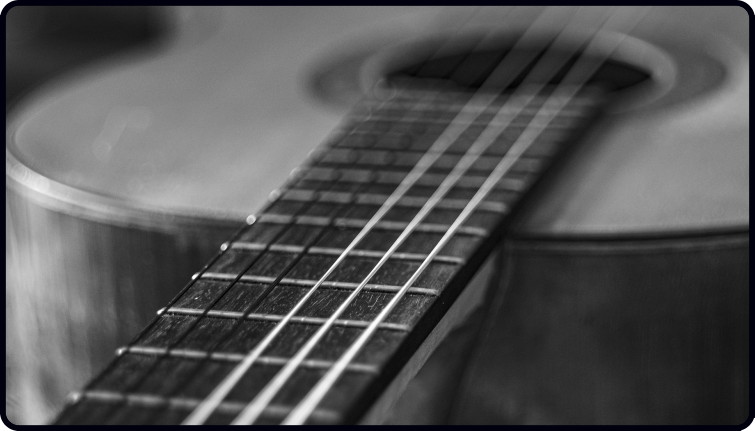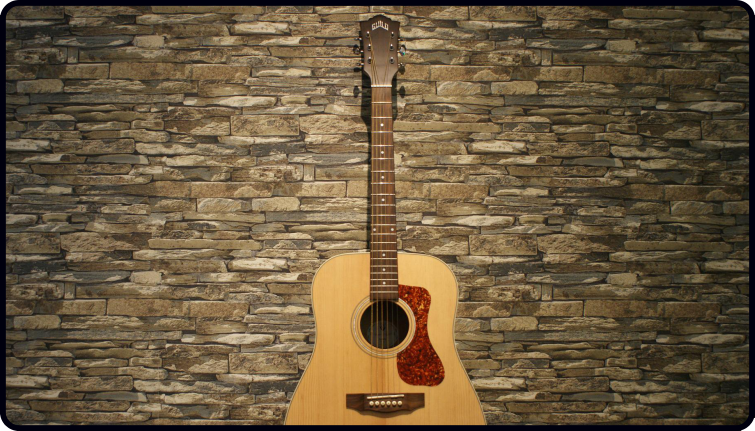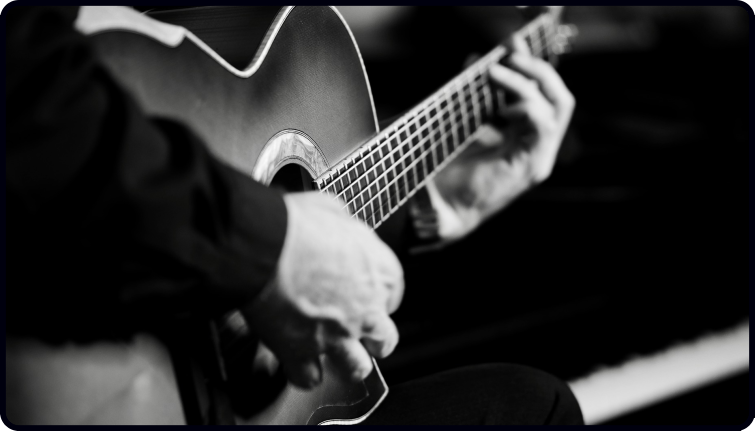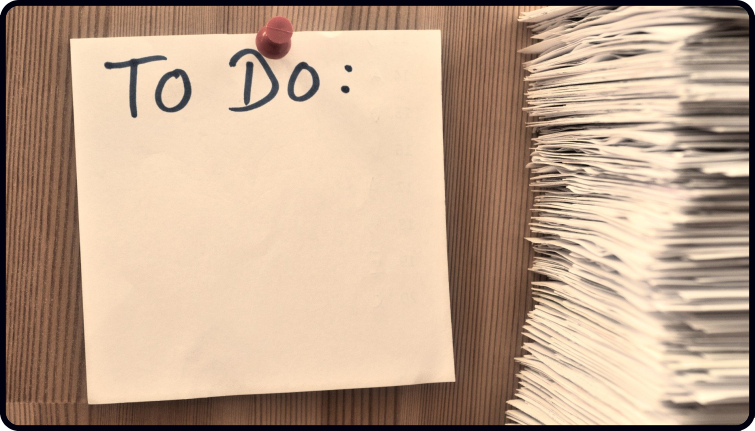Here is another 10-second tip for you to enjoy.
It’s all about doing one little thing that can make your playing more fun and that’s by…
Just playing the simple and recognisable melody
The melody, of course, is the part of a song we hum and sing along to…
Think everybody singing along to “Bridge Over Troubled Water” as Simon and Garfunkel played in front of 100,000s in Central Park…
Or a family gathering where everyone is singing “Happy Birthday”…
Or if you’re into football (as in soccer) all the crowds singing Neil Diamond’s “Sweet Caroline” (for some reason this happens a lot now – great tune though).
Anyway, no doubt reading that one or two of those little melodies popped into your head.
Now, if I said let’s take one of the above songs and strum it with a C F G chord, does any sort of sound pop up in your head?
Maybe, but when I talked about the melody, no doubt that was a stronger thought.
Music is mostly melody.
If you can’t yet play a song or the songs you do play, aren’t that recognisable…
Try playing the melody.
Often melodies are easy to play on guitar, and they work on both acoustics or electrics (where you can add overdrive and even effects like delay).
If you want to learn some great melodies, my Fingerstyle Collection course is on sale for a few days and features 18 wonderful complete fingerstyle songs where we take the melody and fill them out with a 3-step plan (based on my 3D Method of learning fingerstyle songs)…
…But that’s not all.
There are five starter melodies (of very famous songs) you can learn in just minutes.
These are confidence building and fun. Plus, others will recognise them when you play them, and that’s always a good thing.
Find out more below…
The Fingerstyle Collection – learn 18 beautiful arrangements and discover the 3-step method
Hope you have a great weekend of practice!
Dan Thorpe
Guitar Domination
P.S. This post was originally taken from Dan Thorpe’s private email list. To get blog posts like this sent to you which are full of great tips to make fingerpicking, strumming, and learning guitar more enjoyable (especially if you are over 40) join Dan’s list. It’s 100% free, HERE.
Welcome to your weekly 10-second tip.
This is an important one about the fretting hand and it’s the fact that you should…
“Keep an eye on what your non-playing fingers are doing”
Do you ever watch what the fingers of the fretting hand are doing when they are not in use?
When playing, many guitarists’ non-playing fingers jump around and hop high in the air away from the fretboard like Kermit the frog on a trampoline!
- For instance, when playing a riff or scale using the index and ring fingers, do you know exactly what the pinkie is doing?
- Or when playing a chord that uses 3 fingers, are you checking what the other unused finger is doing?
In short, you should try to keep all your fingers close to the fretboard when not in use.
Why is this important?
Well, one reason is the further away your fingers are from the fretboard, the more distance they have to travel to get back to the fretboard, thus increasing the chances they will land in an incorrect spot. This means more buzzing, missed notes, and wrong chords.
Therefore, keep your fingers close to the fretboard as much as possible and watch them like a hawk until this becomes a natural habit.
For more precise help on exactly how to train your fingers to do this, check out page 44 of my book, Essential Guitar Technique, where I cover this in detail.
The book is available as the #1 book in my bundle (as all the other books build on top of this one).
You can check it out and the others in the bundle at the link below:
Guitar Domination Super eBook Bundle
Enjoy your Friday…
Dan Thorpe
Guitar Domination
P.S. This post was originally taken from Dan Thorpe’s private email list. To get blog posts like this sent to you which are full of great tips to make fingerpicking, strumming, and learning guitar more enjoyable (especially if you are over 40) join Dan’s list. It’s 100% free, HERE.







